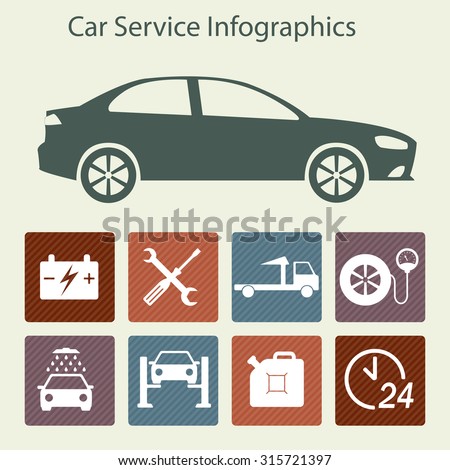Fascinated In Recognizing The Warning Lights On Your Automobile'S Control Panel? Discover Their Significance For Your Car'S Security And General Condition
Fascinated In Recognizing The Warning Lights On Your Automobile'S Control Panel? Discover Their Significance For Your Car'S Security And General Condition
Blog Article
Post By-Higgins Shepherd
When you lag the wheel, those beautiful caution lights on your control panel can be a bit perplexing. Do you understand what they're trying to tell you regarding your cars and truck's health? Recognizing the relevance of these lights is important for your safety and the long life of your automobile. So, just click the next document of those lights turns up, wouldn't you want to understand its message accurately and take the necessary actions to address it?
Common Warning Lights and Interpretations
Recognize common caution lights in your automobile and comprehend their significances to guarantee safe driving.
One of the most typical caution lights include the check engine light, which signifies concerns with the engine or emissions system. If this light comes on, it's crucial to have your vehicle inspected promptly.
The oil stress warning light indicates low oil pressure, calling for prompt interest to stop engine damages.
A blinking battery light may suggest a malfunctioning billing system, potentially leaving you stranded if not resolved.
The tire stress tracking system (TPMS) light signals you to low tire pressure, influencing car security and fuel effectiveness. Neglecting this might cause hazardous driving conditions.
professional car cleaning service indicates a problem with the anti-lock stopping system, endangering your ability to stop promptly in emergency situations.
Lastly, the coolant temperature alerting light warns of engine overheating, which can lead to severe damage otherwise dealt with quickly.
Comprehending these usual caution lights will certainly help you attend to concerns without delay and maintain safe driving conditions.
Importance of Prompt Interest
Comprehending the usual warning lights in your automobile is just the primary step; the value of immediately dealing with these warnings can not be stressed sufficient to guarantee your safety on the road.
When a caution light brightens on your dashboard, it's your car's means of communicating a prospective issue that needs focus. Overlooking these warnings can bring about a lot more extreme problems down the road, jeopardizing your safety and security and possibly costing you a lot more in repairs.
Trigger attention to advising lights can prevent malfunctions and accidents. For example, a blinking check engine light could suggest a misfire that, if left neglected, might create damages to the catalytic converter. Addressing this immediately can conserve you from a costly repair service.
Similarly, a brake system warning light might signal low brake fluid or used brake pads, vital parts for your security when driving.
Do It Yourself Troubleshooting Tips
If you see a caution light on your control panel, there are a couple of DIY troubleshooting pointers you can attempt before looking for specialist aid.
The first step is to consult your cars and truck's handbook to understand what the specific caution light suggests. Often the concern can be as straightforward as a loosened gas cap causing the check engine light. Tightening up the gas cap may solve the issue.
One more common problem is a low battery, which can cause various advising lights. Checking the battery connections for deterioration and guaranteeing they're safe and secure could repair the issue.
If a warning light persists, you can attempt resetting it by disconnecting the auto's battery for a few minutes and after that reconnecting it. In addition, examining your lorry's fluid levels, such as oil, coolant, and brake fluid, can help repair cautioning lights related to these systems.
Conclusion
In conclusion, recognizing your vehicle's warning lights is vital for maintaining your car running efficiently and securely. By without delay resolving these alerts and understanding what they indicate, you can prevent expensive fixings and prospective malfunctions.
Keep in mind to consult your cars and truck's guidebook for specific details on each cautioning light and act appropriately to ensure a hassle-free driving experience.
Keep educated, remain safe when traveling!
